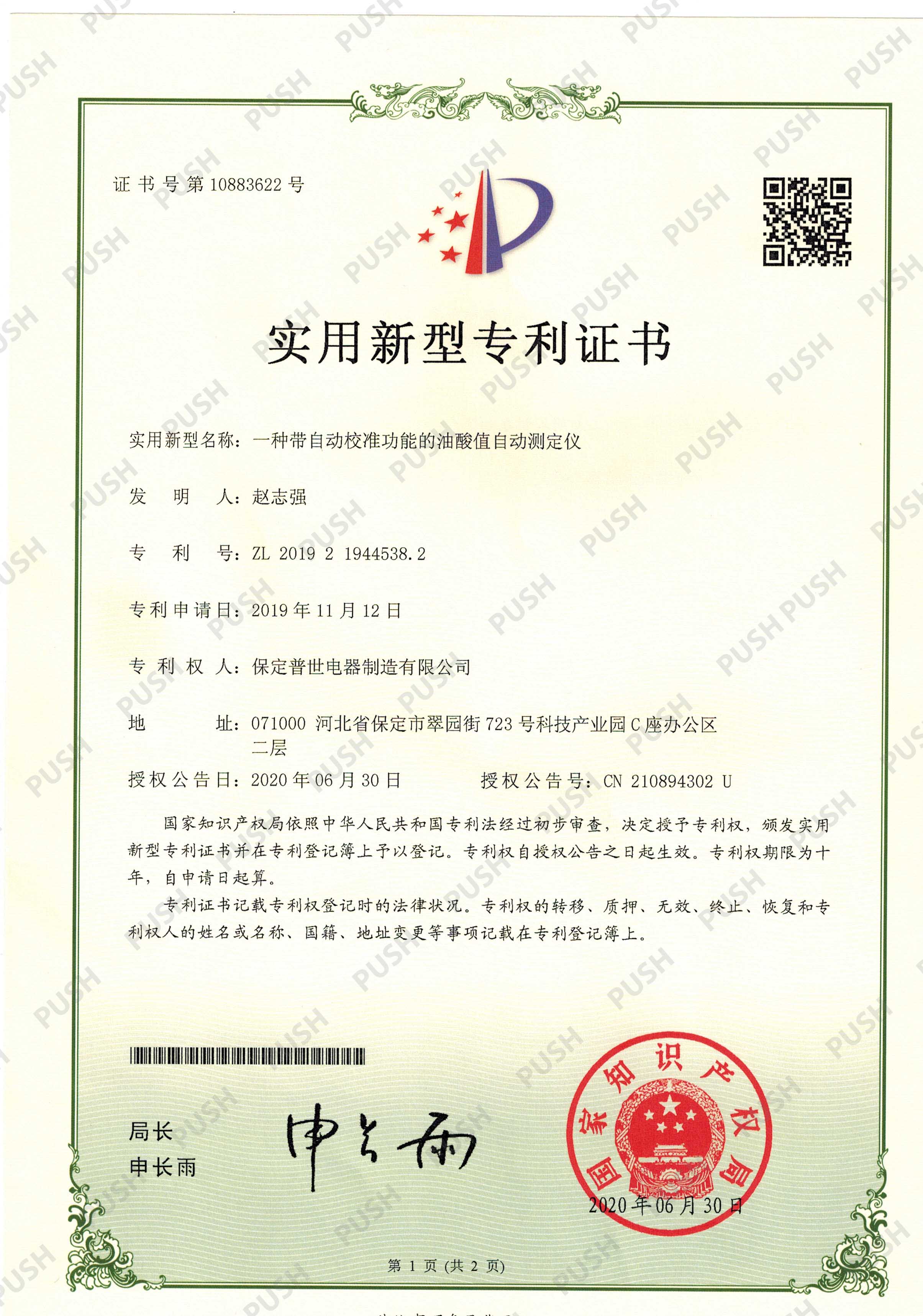 English
English



-
 Afrikaans
Afrikaans -
 Albanian
Albanian -
 Amharic
Amharic -
 Arabic
Arabic -
 Armenian
Armenian -
 Azerbaijani
Azerbaijani -
 Basque
Basque -
 Belarusian
Belarusian -
 Bengali
Bengali -
 Bosnian
Bosnian -
 Bulgarian
Bulgarian -
 Catalan
Catalan -
 Cebuano
Cebuano -
 China
China -
 China (Taiwan)
China (Taiwan) -
 Corsican
Corsican -
 Croatian
Croatian -
 Czech
Czech -
 Danish
Danish -
 Dutch
Dutch -
 English
English -
 Esperanto
Esperanto -
 Estonian
Estonian -
 Finnish
Finnish -
 French
French -
 Frisian
Frisian -
 Galician
Galician -
 Georgian
Georgian -
 German
German -
 Greek
Greek -
 Gujarati
Gujarati -
 Haitian Creole
Haitian Creole -
 hausa
hausa -
 hawaiian
hawaiian -
 Hebrew
Hebrew -
 Hindi
Hindi -
 Miao
Miao -
 Hungarian
Hungarian -
 Icelandic
Icelandic -
 igbo
igbo -
 Indonesian
Indonesian -
 irish
irish -
 Italian
Italian -
 Japanese
Japanese -
 Javanese
Javanese -
 Kannada
Kannada -
 kazakh
kazakh -
 Khmer
Khmer -
 Rwandese
Rwandese -
 Korean
Korean -
 Kurdish
Kurdish -
 Kyrgyz
Kyrgyz -
 Lao
Lao -
 Latin
Latin -
 Latvian
Latvian -
 Lithuanian
Lithuanian -
 Luxembourgish
Luxembourgish -
 Macedonian
Macedonian -
 Malgashi
Malgashi -
 Malay
Malay -
 Malayalam
Malayalam -
 Maltese
Maltese -
 Maori
Maori -
 Marathi
Marathi -
 Mongolian
Mongolian -
 Myanmar
Myanmar -
 Nepali
Nepali -
 Norwegian
Norwegian -
 Norwegian
Norwegian -
 Occitan
Occitan -
 Pashto
Pashto -
 Persian
Persian -
 Polish
Polish -
 Portuguese
Portuguese -
 Punjabi
Punjabi -
 Romanian
Romanian -
 Russian
Russian -
 Samoan
Samoan -
 Scottish Gaelic
Scottish Gaelic -
 Serbian
Serbian -
 Sesotho
Sesotho -
 Shona
Shona -
 Sindhi
Sindhi -
 Sinhala
Sinhala -
 Slovak
Slovak -
 Slovenian
Slovenian -
 Somali
Somali -
 Spanish
Spanish -
 Sundanese
Sundanese -
 Swahili
Swahili -
 Swedish
Swedish -
 Tagalog
Tagalog -
 Tajik
Tajik -
 Tamil
Tamil -
 Tatar
Tatar -
 Telugu
Telugu -
 Thai
Thai -
 Turkish
Turkish -
 Turkmen
Turkmen -
 Ukrainian
Ukrainian -
 Urdu
Urdu -
 Uighur
Uighur -
 Uzbek
Uzbek -
 Vietnamese
Vietnamese -
 Welsh
Welsh -
 Bantu
Bantu -
 Yiddish
Yiddish -
 Yoruba
Yoruba -
 Zulu
Zulu
Understanding Short Circuit Impedance in Transformers and Its Impact on Electrical Performance
Understanding Short Circuit Impedance Transformers
Transformers play a crucial role in electrical engineering by transferring electrical energy between circuits through electromagnetic induction. Among their various types, short circuit impedance transformers are essential for analyzing the behavior of systems during fault conditions, specifically short circuits. This article delves into the principles, applications, and significance of short circuit impedance transformers.
What is Short Circuit Impedance?
Short circuit impedance refers to the impedance measured during a short circuit condition. This is a critical parameter for understanding how a transformer will perform under fault conditions. When a short circuit occurs, the impedance of the circuit drops significantly, leading to a high fault current. This situation can stress electrical equipment, including transformers, and can lead to failure if not managed properly. Thus, short circuit impedance transformers are designed to account for these conditions and help engineers design safer and more efficient electrical systems.
Type of Impedance in Transformers
Transformers exhibit different types of impedance primary, secondary, and reflected impedance. The short circuit impedance is primarily derived from the transformer’s design, including the materials used, winding configurations, and number of turns in the coils. The short circuit impedance is significant because it determines the maximum fault current that can flow through the system, which is critical for protection coordination in electrical networks.
Importance in System Design
short circuit impedance transformer

In electrical system design, short circuit impedance transformers are used to conduct short circuit tests. By intentionally creating a controlled short circuit, engineers can measure the short circuit impedance and derive crucial parameters, such as short circuit current levels. This data is essential for selecting appropriate protective devices, such as circuit breakers and fuses, ensuring that they operate correctly during fault conditions and prevent extensive damage to electrical systems.
Moreover, understanding short circuit impedance allows engineers to design transformers that can withstand higher fault currents without failure. This involves selection of transformer windings, core materials, and cooling mechanisms to ensure resilience against thermal and mechanical stresses caused by high fault currents.
Applications in Industry
Short circuit impedance transformers find extensive applications in various industries. In power generation and distribution, they are used to conduct fault analysis and ensure system reliability. Utility companies use transformers with known short circuit impedance values to model the electrical behavior of their networks under fault conditions, allowing for better planning and infrastructure improvements.
Moreover, short circuit impedance transformers are also critical in renewable energy applications, such as wind and solar farms, where grid integration is vital. These transformers help in assessing how renewable systems will interact with the grid during faults, ensuring that the overall electrical infrastructure remains stable and secure.
Conclusion
Short circuit impedance transformers are integral to the safe operation and design of electrical systems. By providing insights into how transformers respond during fault conditions, they help engineers optimize designs and implement effective protection measures in electrical networks. As industries continue to evolve, the importance of short circuit impedance analysis will only increase, making these transformers a cornerstone of modern electrical engineering practices. Understanding them not only helps in ensuring reliability and efficiency but also significantly contributes to the safety and sustainability of electrical systems.
-
Testing Equipment Industry Sees Major Advancements in 2025: Smart & Precision Technologies Lead the WayNewsJun.06,2025
-
Applications of Direct Current Generators in Renewable Energy SystemsNewsJun.05,2025
-
Hipot Tester Calibration and Accuracy GuidelinesNewsJun.05,2025
-
Digital Circuit Breaker Analyzer Features and BenefitsNewsJun.05,2025
-
Benefits of Real-Time Power Quality Monitoring Devices for Industrial EfficiencyNewsJun.05,2025
-
Earth Fault Loop Testing in High-Rise Building Electrical SystemsNewsJun.05,2025



